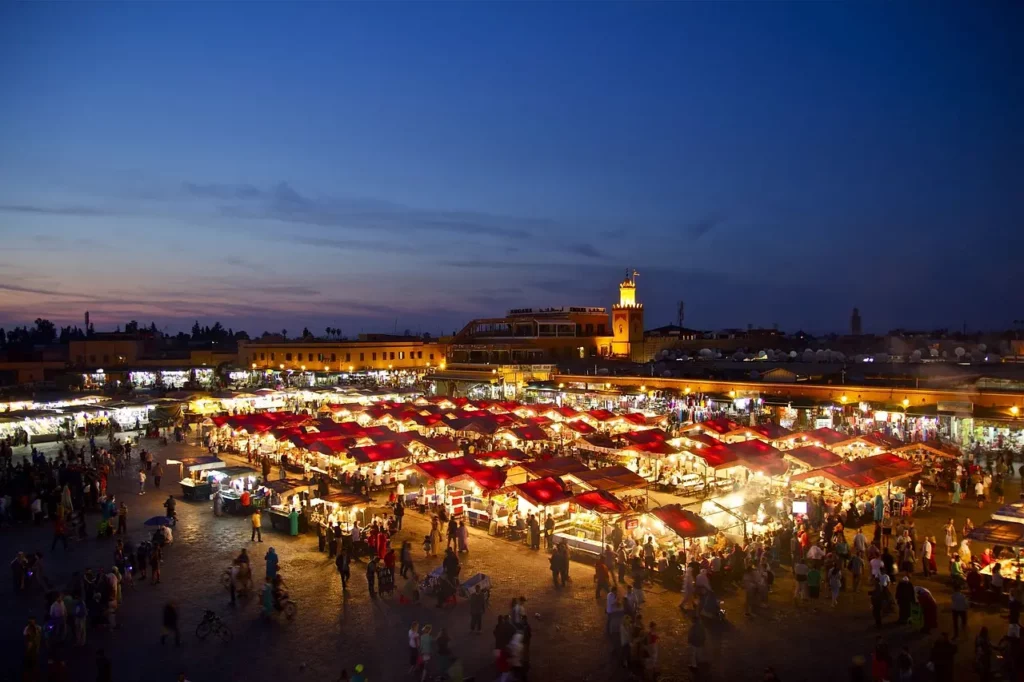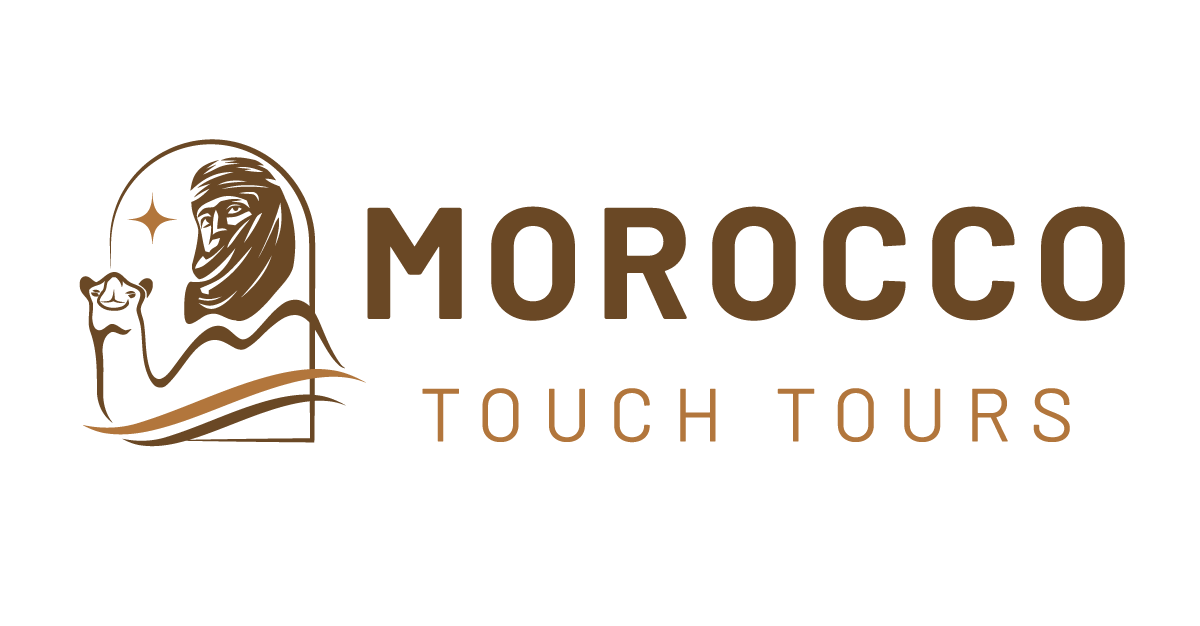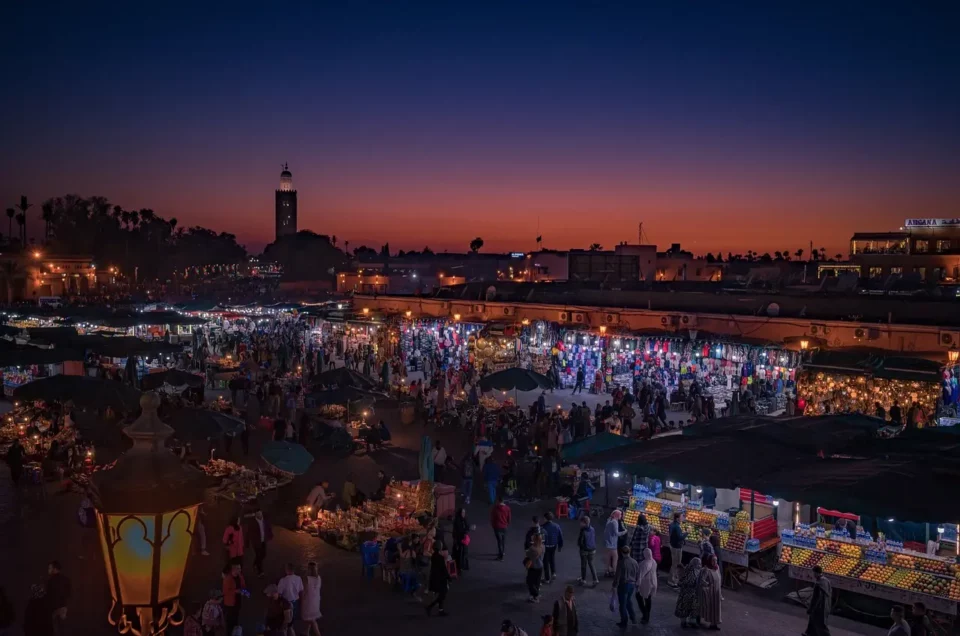The Legends Surrounding Jemaa El-Fnaa Square
Originally known as Rahba El Ksar, which translates to “The Palace Square,” Jemaa El-Fnaa has a rich history that dates back to the time of the Almovarides dynasty. The name “Jemaa El-Fnaa” literally means “The Square of the Dead,” and there are several legends that attempt to explain this intriguing name:
- It is said to honor the numerous victims of the plague that devastated Marrakesh between 1598 and 1607.
- Sultan Ahmed Al Mansour, who succumbed to the plague, was buried in the nearby Saadian Tombs. His son had plans to build a mosque called Jemaa El Hana, which never came to fruition. Hence, Jemaa El-Fnaa could also mean “The Vanished Mosque.”
- Spanish explorer and author Luis del Marmol Carvajal described the square in 1573 as “a large square where wrongdoers are executed.”
- Between the 12th and 14th centuries, the square served as a place of justice, where hangings and executions took place.
Historical Overview
In the 12th century, Jemaa El-Fnaa was a judicial square where public punishments were meted out. However, by the latter half of the 16th century, the square had evolved into a bustling, cosmopolitan center, as described by Spanish author Carvajal Marmol.
Over the centuries, the square has become an integral part of Moroccan culture, gaining recognition as a performance space by the 17th century. The 20th century saw the construction of numerous buildings, giving the square its modern appearance.
Colonial rhetoric also played a role in the square’s heritage. Under the French protectorate, Marshal Lyautey initiated an investigation in 1921 that led to the square’s official classification in 1922.
Top Things to Do at Jemaa El-Fnaa

Snap Photos with Snakes
Snake charmers with their cobras and pythons can be found at various spots around the square. These charmers claim to have inherited a divine blessing, known as Baraka, that allows them to safely interact with these reptiles. They offer an enchanting performance for spectators.
Sip Fresh Juice
Numerous juice vendors populate the square, offering freshly squeezed orange juice as a staple. Grapefruit juice is also available at twice the price. A smile might even get you a free lime half.
Consult Traditional Herbalists/Pharmacists
Whether you call them herbalists or traditional pharmacists, if you’re feeling under the weather, a consultation can help you understand medicinal plants and choose the best one for your condition. No appointment is necessary.
Enjoy Mint Tea on a Rooftop
Mint tea is a true Moroccan institution. The best place to enjoy it is on one of the many rooftops and terraces overlooking Jemaa El-Fnaa. The tea is traditionally very sweet, so feel free to ask for it without sugar if you prefer.
Bargain with Local Vendors
Expect to be approached by local merchants selling souvenirs, rugs, trinkets, and henna tattoos. Don’t hesitate to negotiate prices, and remember to keep your cool and smile—it’s all part of the game.
Explore by Bike
A unique and fun way to explore the Medina and Jemaa El-Fnaa is by bike.
Admire the Koutoubia Mosque
The Koutoubia Mosque is Marrakesh’s largest mosque, featuring a 77-meter tall minaret adorned with green ceramic bands. The mosque has a “T” shape and includes a large courtyard surrounded by a portico and a columned prayer hall that can accommodate up to 20,000 worshippers.
Join Evening Entertainment
In the evening, the square transforms into a live theater. You’ll find hundreds of locals listening to storytellers, playing games, enjoying musicians, or watching cross-dressed dancers. Bring some change, as this is how these entertainers make their living.
Dine Al Fresco
Starting at 6 PM, a large section of the square turns into an open-air food court. Vendors vie for your attention from numbered stalls. Choose from a variety of offerings, from kebabs and salads to sheep’s head and snails.
Whether you’re a history buff, a foodie, or an adventure seeker, Jemaa El-Fnaa has something for everyone. Make sure to add this iconic square to your Marrakesh itinerary.

